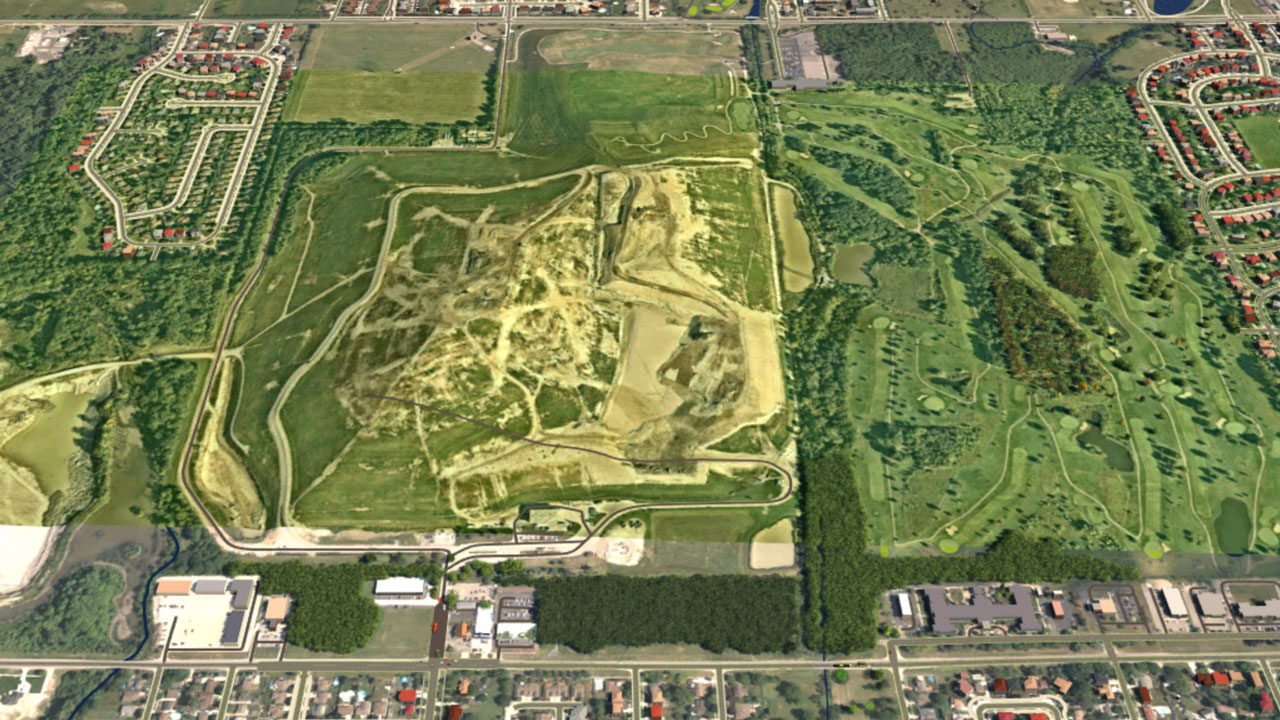
Understanding what viewers will be able to see—and what they will not be able to see—can be key to project approval and success.
This article was originally published in Waste Advantage Magazine.
It is a fact of life that people rarely want solid waste facilities to be located near them. A visual impact assessment can play a part in appeasing adjacent property owners by showing what the project will look like when it is complete. Powerful software tools can help tell the story from the perspective of an adjacent property owner or nearby residence.
The visual assessment starts with a desktop study to determine key observation points (KOP). Designers then go out to the site to take photos and gather accurate GPS data from the photo locations and reference points in the photos. Our Tetra Tech teams also use CAD and GIS software to create a line-of-sight analysis, using field photos along with plan view imagery to clearly show what can and cannot be seen in the line-of-sight profile. This data is then brought back to the office and added to 3D models to create highly accurate representations of what the site will look like when complete.
Here is a step-by-step description of the visualization process that enabled officials at Marathon County Landfill, near Wausau, Wisconsin, to help the community envision the visual impact of a planned expansion. The County was required to “include visual projections from at least four key observation points and include leaf-on and leaf-off conditions.”
Step 1—Assemble Plans
Use final plans to prepare a 3D model, including a landscaping plan if available (Figure 1).
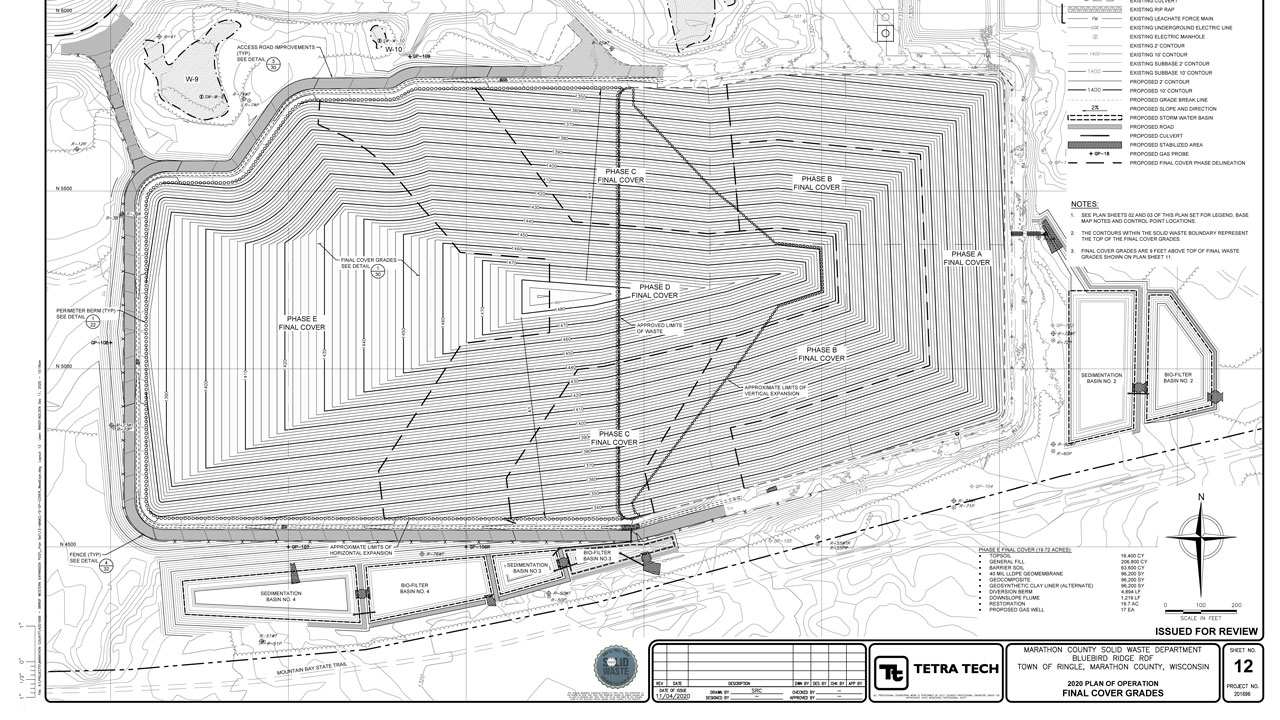
Step 2—Analyze the Viewshed and Determine KOPs
Run a viewshed analysis using the proposed site data along with LiDAR data to determine KOPs, intersections, and adjacent property owners. Tetra Tech teams typically like to take photos near adjacent properties that fall within the proposed facility’s viewshed. It is important to work with the client to determine the appropriate KOPs for visualizations (Figure 2).
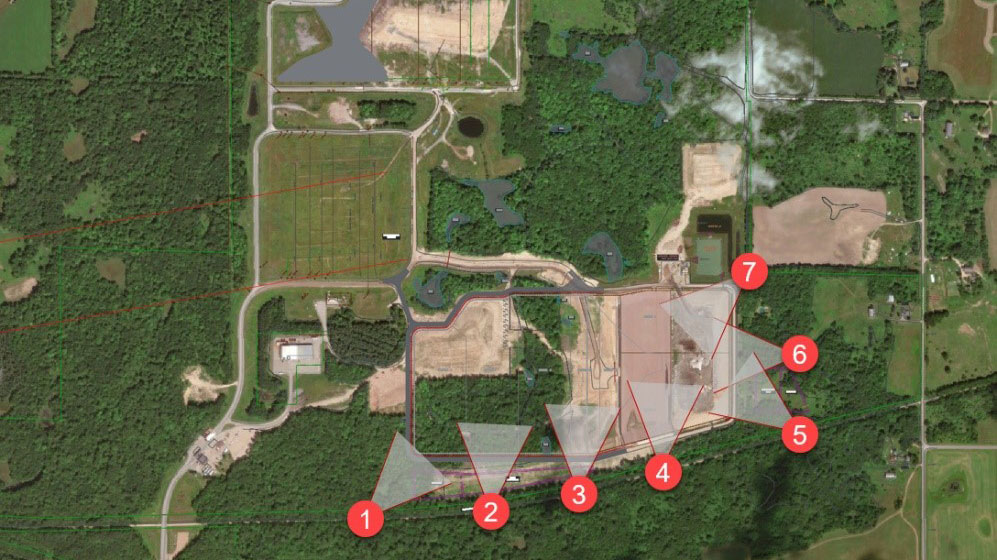
Step 3—Take Field Photos
Once the KOPs have been determined, we send field staff out to take photos. We follow a strict protocol, which includes use of a digital camera, tripod, and GPS equipment to document photo location coordinates and reference location coordinates and descriptions. This enables designers to tie the model into the photo horizontally and vertically in the visualization software (Figure 3).
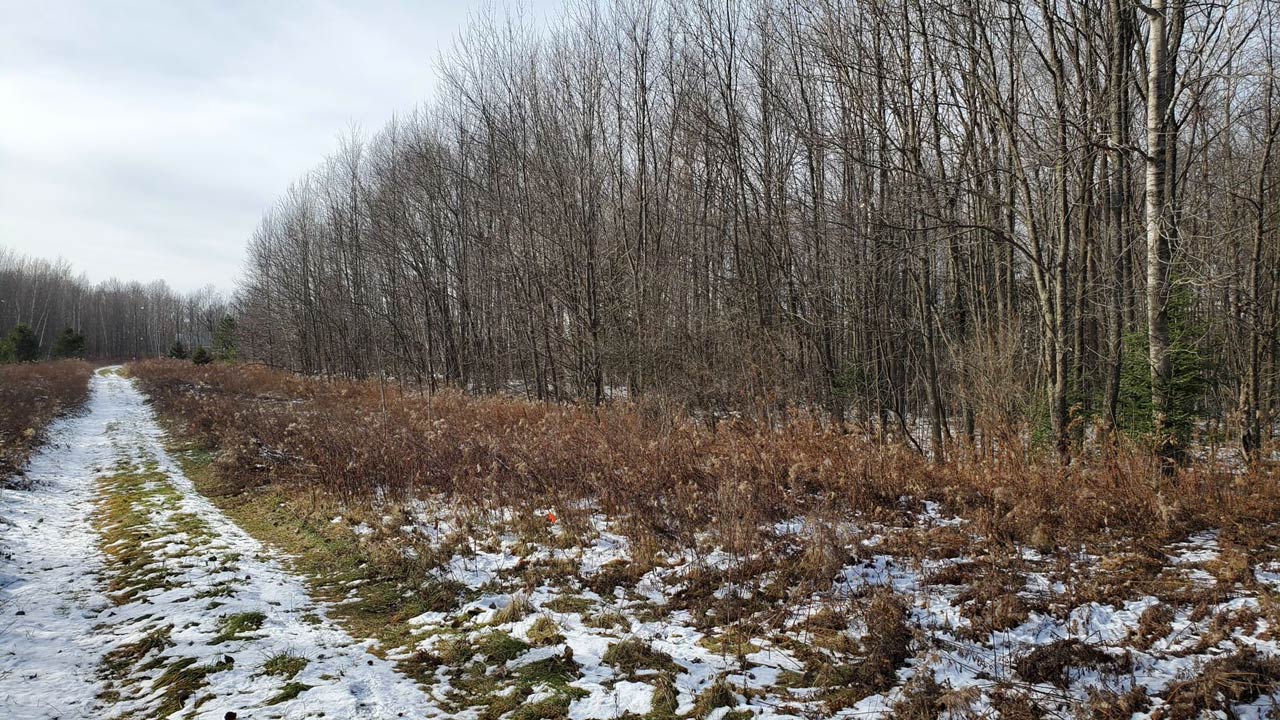
Step 4—Use Photoshop to Clear Trees
If needed, we photoshop the original photo to show the site after clearing and grubbing. Aerial imagery and LiDAR are used to determine heights of trees in the background and create an approximate updated background for the image (Figure 4).
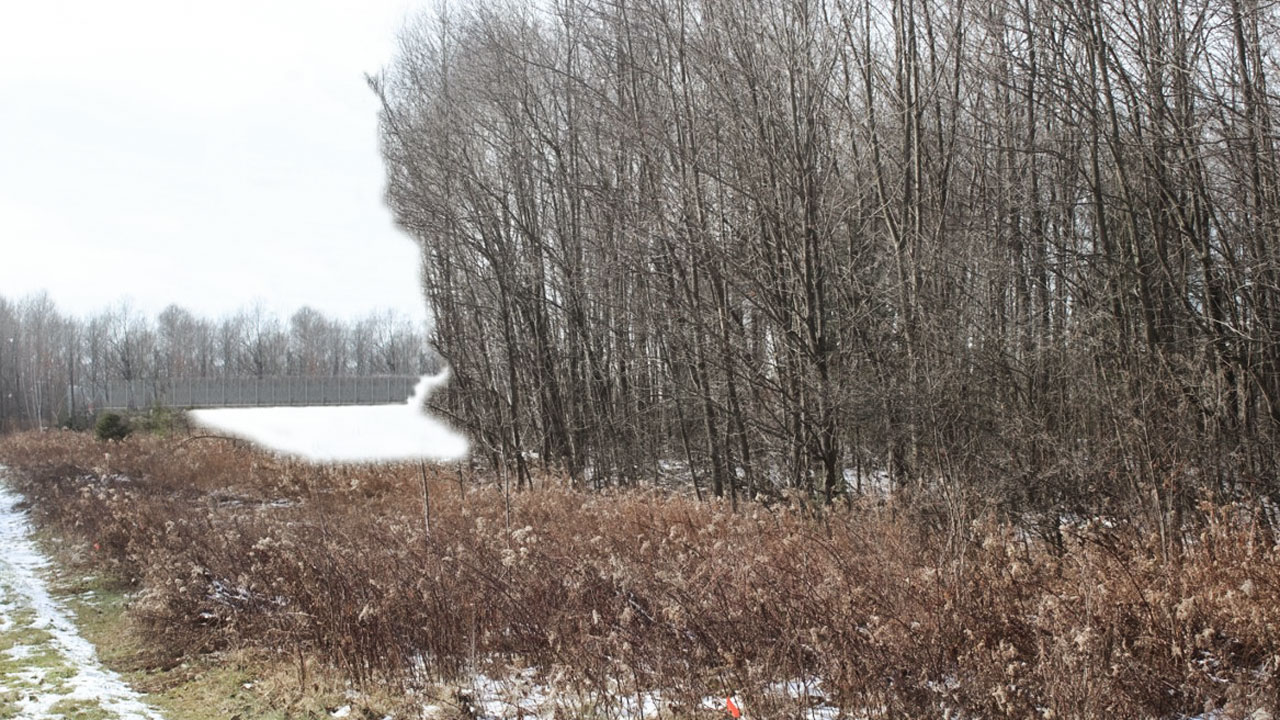
Step 5—Export the Model and Create the Final Image
We use the field photo data and the 3D model to export an image of the proposed site along with the photoshopped image as the background. If necessary, we perform additional photoshopping to show the proposed facility in perspective. The final image includes a viewpoint location map, proposed and existing conditions, and technical information (Figure 5).
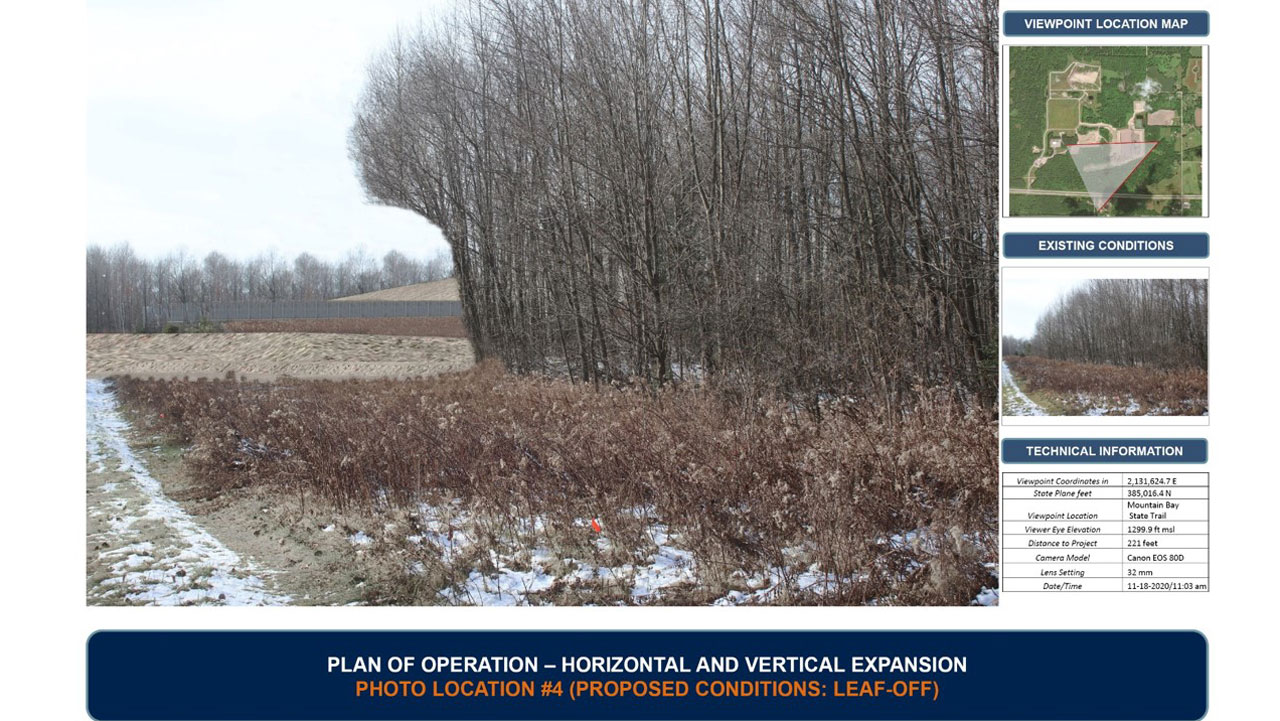
Step 6—Finish Any Additional Requirements
In this case, we were required to show leaf-on conditions depicting the site with full foliage on the surrounding trees to provide an accurate photo representation of the final design conditions at any location. There were no adjacent property owners, as photos were taken along a bike path and the Ice Age National Scenic Trail. The visualizations show precisely what the proposed facilities will eventually look like from this vantage point (Figure 6).
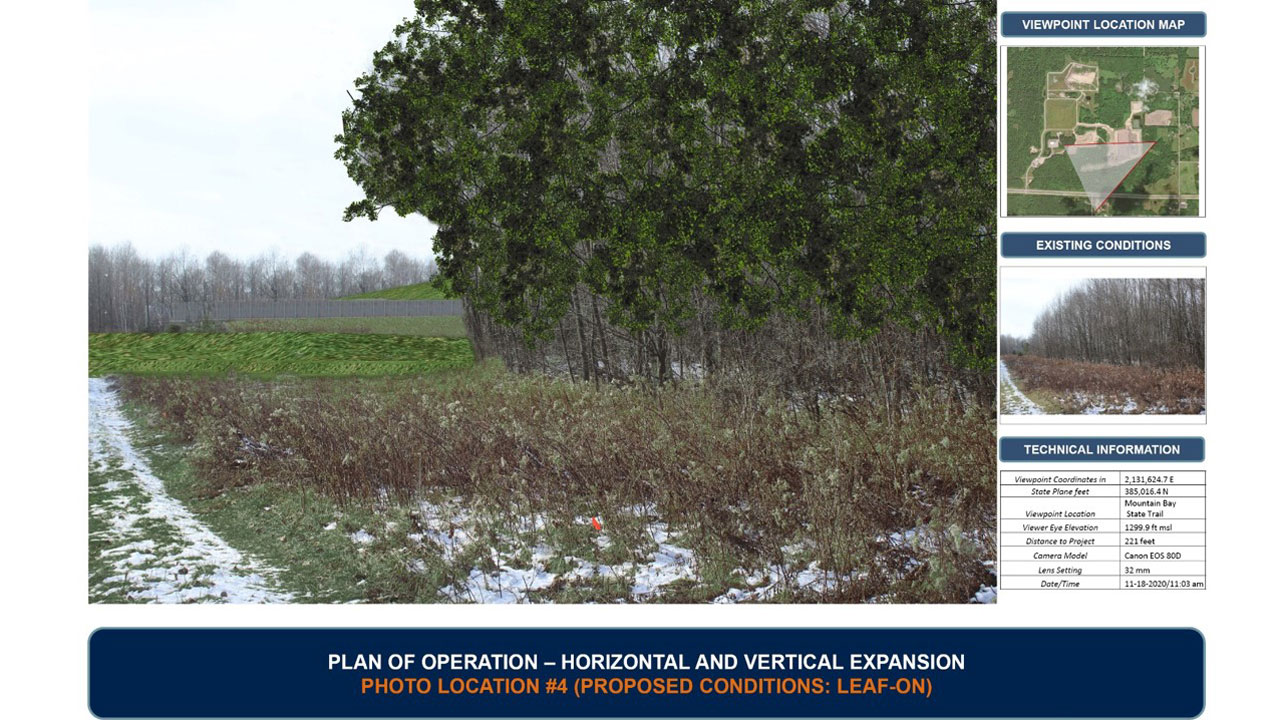
Another example shown below illustrates how much easier it is to describe a proposed site expansion with a visual simulation rather than a plan sheet. These images of a large midwestern landfill show the plan view taken from a permit application plan set (Figure 7). Figure 8 is the visualization of the permitted top of final cover grades, and Figure 9 shows the proposed expansion top of final grades.
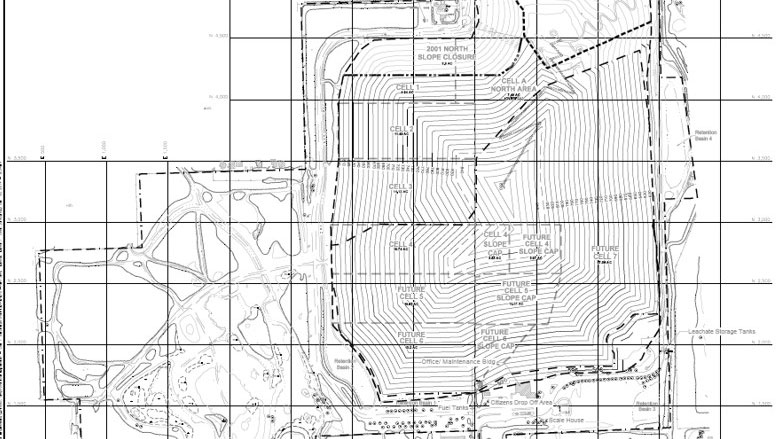
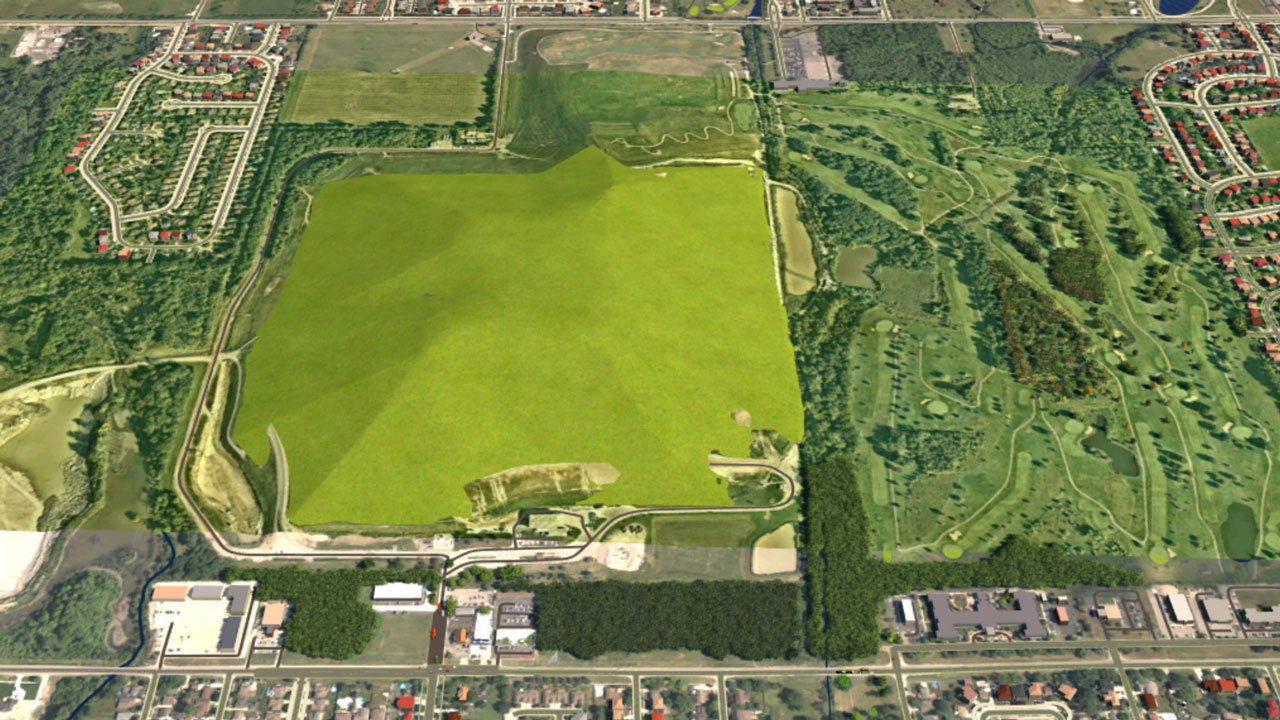
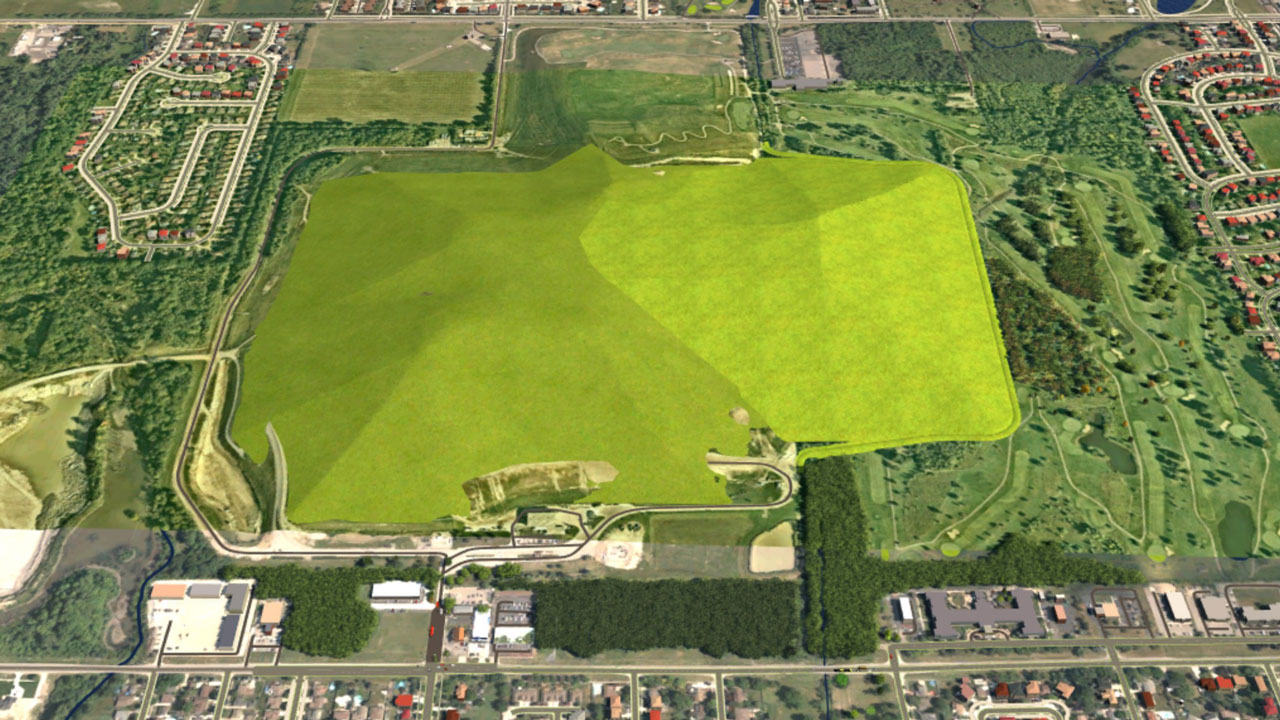
As technology continues to move forward, Tetra Tech design teams are investigating how augmented reality might be used in the future. The ultimate goal is to provide clients, regulatory agencies, and adjacent property owners an app for their phone or tablet that will let them see the site dynamically. Rather than the static view presented with current visual simulations, users would be able to have a dynamic view of the proposed site from any location surrounding the site.
About the author
Randy Nolden
Randy Nolden is a project manager and senior designer.
He has more than 20 years of experience conducting visual impact assessments as part of his civil and environmental engineering design, construction, and surveying work for solid waste landfills. He serves as a project manager, project designer, resident project representative, or office engineer for various major municipal and industrial solid waste design and construction projects.